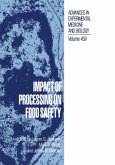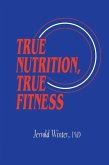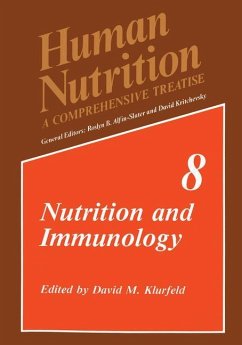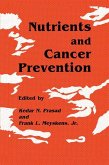A variety of processing methods are used to make foods edible; to pennit storage; to alter texture and flavor; to sterilize and pasteurize food; and to destroy microorganisms and other toxins. These methods include baking, broiling, cooking, freezing, frying, and roasting. Many such efforts have both beneficial and harmful effects. It is a paradox of nature that the processing of foods can improve nutrition, quality, safety, and taste, and yet occasionally lead to the formation of anti-nutritional and toxic compounds. These multifaceted consequences of food processing arise from molecular interactions among nutrients with each other and with other food ingredients. Since beneficial and adverse effects of food processing are of increasing importance to food science, nutrition, and human health, and since many of the compounds formed have been shown to be potent carcinogens and growth inhibitors in animals, I organized a symposium broadly concerned with the nutritional and toxicological consequences of food processing. The symposium was sponsored by the American Institute of Nutrition (AIN) -Federation of American Societies for Experimental Biology (FASEB) for its annual meeting in Washington, D.C., April 1-5, 1990. Invited speakers were asked to develop at least one of the following topics: 1. Nutrient-nonnutrient interactions between amino acids, proteins, carbohydrates, lipids, minerals, vitamins, tannins, fiber, natural toxicants, etc. 2. Effects of radiation. 3. Thermally induced formation of dietary mutagens, antimutagens, carcinogens, anticarcinogens, antioxidants, and growth inhibitors. 4. Effects of pH on nutritional value and safety.








